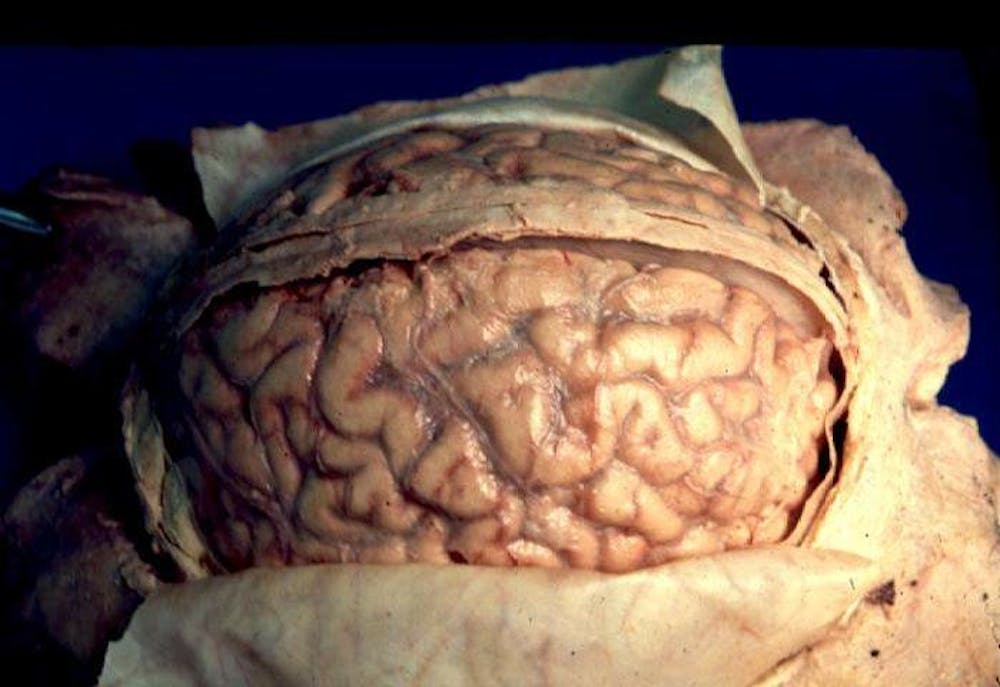A recent study done at the Newcastle University in collaboration with the Federal University of Rio de Janeiro, and published in the Proceedings of the National Academy of Sciences, demonstrated that human brains fold universally.
Researchers found that there are underlying mechanisms that force human cortical folding in accordance with changes in health and disease.
The researchers found that a simple physics model could be used to describe the way in which the human cortex folds, even across factors like age, sex and disease. Using information from three independent public databases, the researchers compiled the magnetic resonance images (MRIs) of over 1,000 healthy human subjects.
Analyzing these images, the researchers found that the data for the scaling model, especially among comparable age groups, was similar. This finding proved that there is a systematic mechanism for the folding of the human brain according to age.
“One of the key features of a mammalian brain is the grooves and folds all over the surface — a bit like a walnut — but until now no-one has been able to measure this folding in a consistent way,” Yujiang Wang, lead author of the study, said according to a press release.
While previous studies on cortical folding focused mainly on changes in gyrification with age, sex and dementia, the current study examined a model that could cut across variations in sex, age, health and disease.
“This analysis allows us to delve deeper into the factors that neither a purely comparative approach, with one or two specimens for each species, nor a descriptive detailed analysis of one or a few human cortices can examine,” the researchers wrote.
Wang added that the research focused specifically on how various factors can affect model parameters with regard to constraining or unconstraining. For example, previous studies have shown that the brain generally shrinks and slightly changes in folding with age; Yet, whether this age change affects the scaling law is unknown.
According to Wang, the research team was able to determine a parameter for brain folding that decreases with age. This could be due to decreased tension in the cortex (similar to how tension in skin drops as we age).
“It has long been known that the size and thickness of the cortex changes with age but the existence of a general law for folding shows us how to combine these quantities into a single measure of folding that can then be compared between genders, age groups and disease states,” Wang said.
One other finding included in the published paper was the difference in brain surface area between females and males. This difference did not change the fact that folding follows the same law.
However, the analyzed data proved that across all ages, male brains are slightly more folded than female brains.
Wang added that the researchers also analyzed a MRI dataset of individuals with Alzheimer’s disease. Wang said that the folding effect was more pronounced at earlier ages. Thus, further research may be able to link changes in folding to indication of onset of Alzheimer’s.
“More work is needed in this area, but it does suggest that the effect Alzheimer’s disease has on the folding of the brain is akin to premature aging of the cortex,” Wang said.





